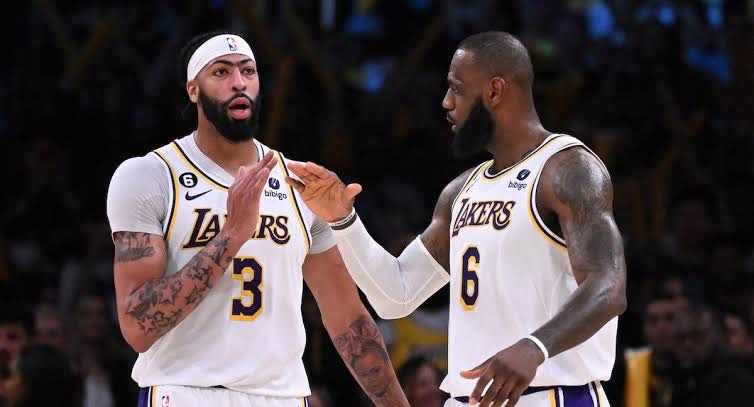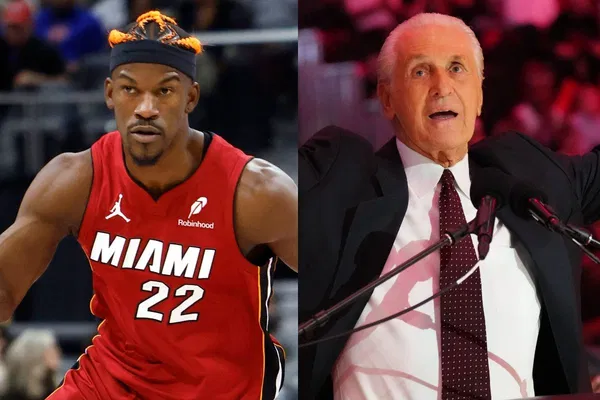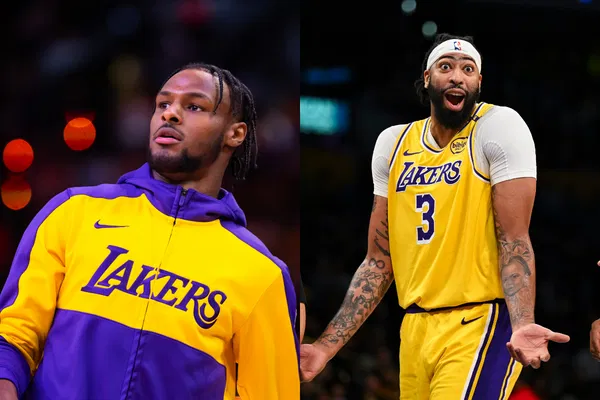The NBA’s “one-and-done” rule has been a lightning rod for controversy ever since its inception in 2006. Designed to prevent players from jumping straight from high school to the NBA, this rule mandates that athletes must wait a year before entering the draft, often spending that time in college or a professional development league like the G League Ignite. While its intent was to allow young players time to mature before entering the pros, the rule has sparked intense debate over its fairness and effectiveness.
Critics argue that it unfairly limits the freedom of talented high school athletes who are ready for the NBA. They point to players like LeBron James and Kobe Bryant, who bypassed college and went on to have Hall of Fame careers. Forcing players into college, they argue, benefits the NCAA more than the athletes themselves, with young stars risking injury without being paid for their efforts.
Supporters of the rule, however, believe it protects both the players and the league. The transition from high school to the NBA is a significant leap, and a year of college or professional training can help players develop their skills, physically and mentally, to handle the rigors of the NBA. Additionally, having star players in the NCAA benefits both the college basketball system and the NBA, as fans can follow a player’s journey from amateur to professional.
With new pathways like the G League and the rise of overseas opportunities, some wonder if the one-and-done rule is becoming obsolete. As the NBA considers lowering the draft age back to 18, the future of this rule remains a hot topic. Will it evolve or be eliminated? The answer could reshape the league for the next generation of stars.
Ultimately, the one-and-done rule sits at the heart of a larger conversation about player rights, development, and the balance between personal freedom and league interests.




